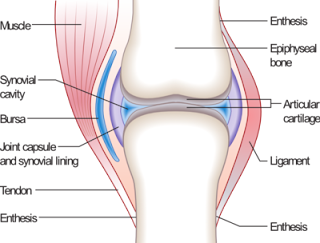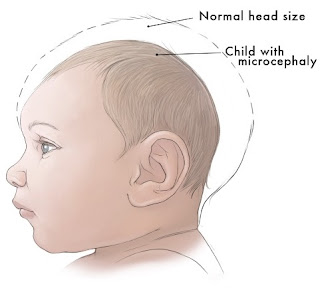Zika virus is affecting hundreds of thousands of people across South America but what is this devastating virus? Unfortunately,there is no treatment, vaccine or cure for this disease as yet. This outbreak will certainly brings more focus of researchers towards a treatment or vaccine. However, as a Forbes post mentioned, it seem as if the world waited a bit too long to develop a suitable vaccine. Only after the outbreak has been so devastating, that funds are being made available for research. "A new epidemic hits the news, leaving everyone scurrying to develop a vaccine. Previously, there was SARS. In 2009, it was H1N1 influenza, two years ago it was Ebola. Now it is Zika. Each time a vaccine was not available in time to substantially impact the course of the epidemic" (Bruce Y Lee, Forbes ) The Following is a DNews video, explaining about the devastating Zika virus







